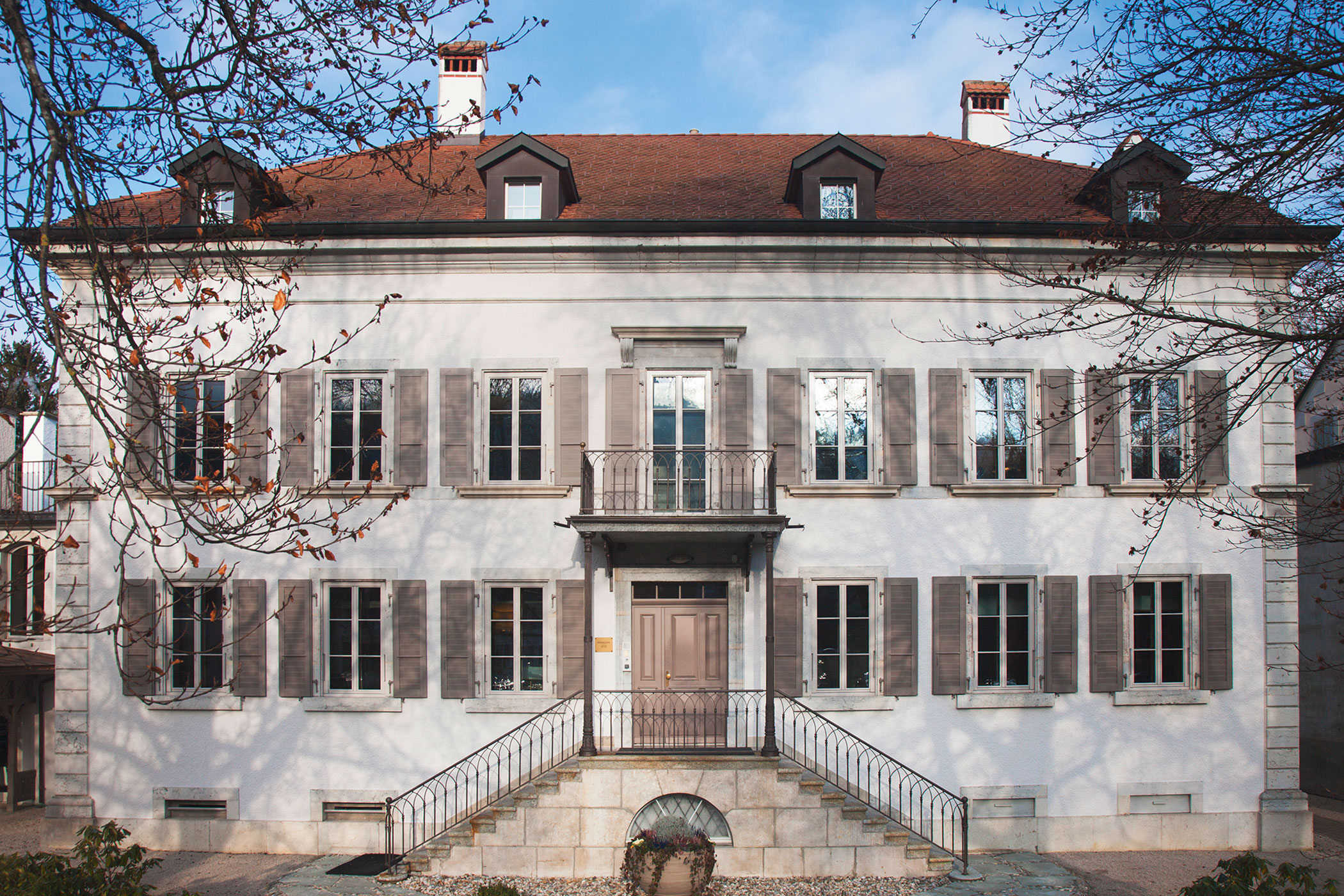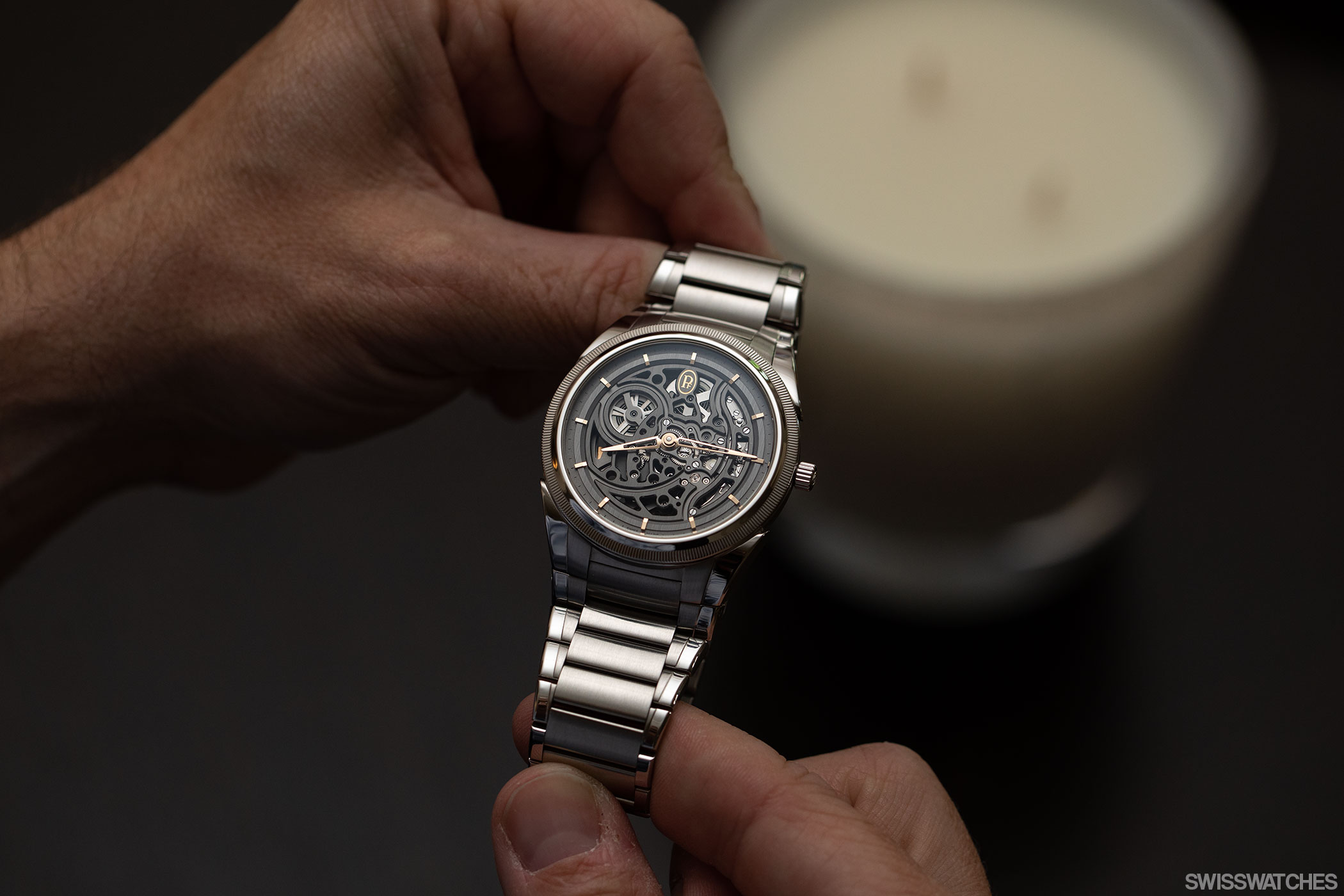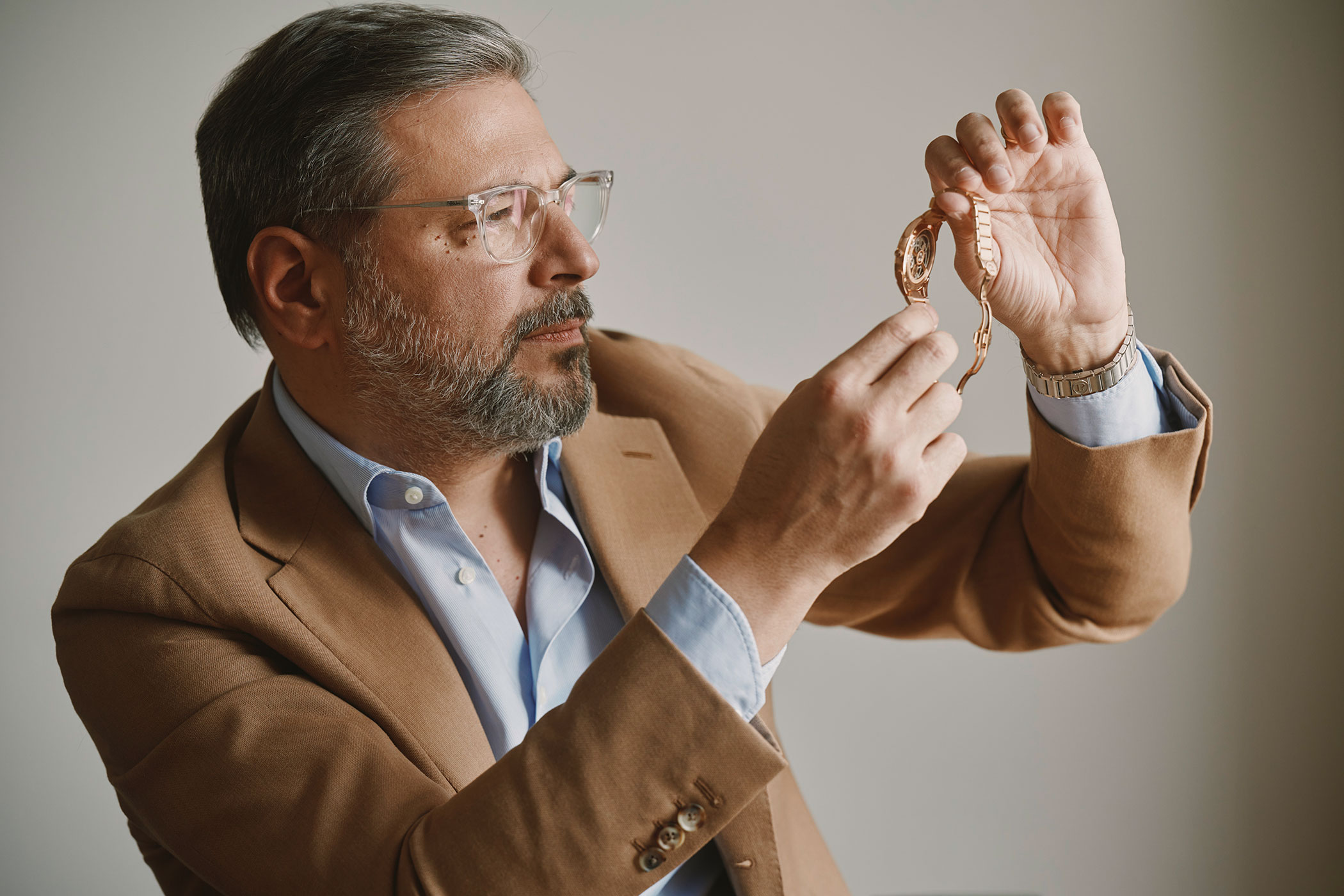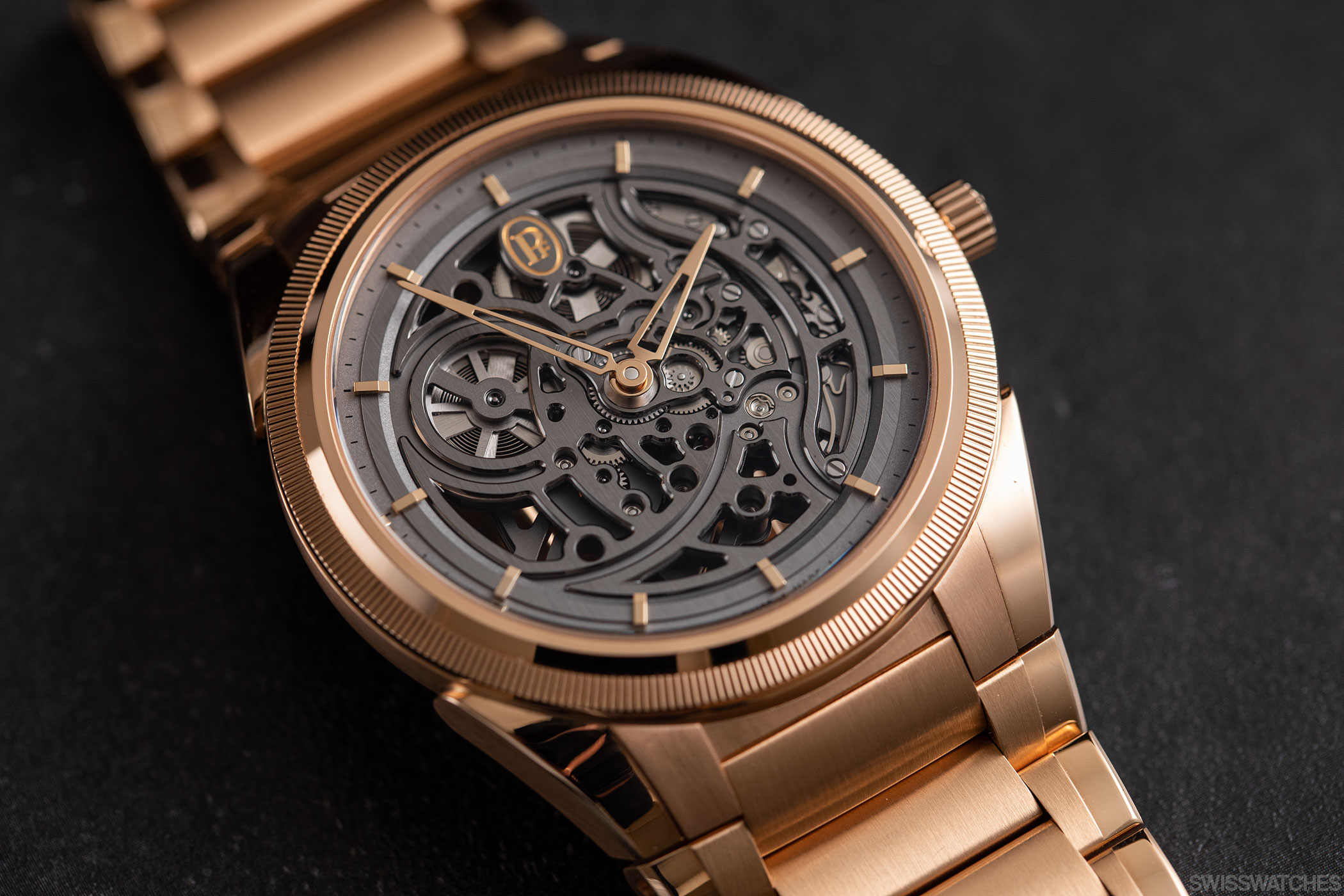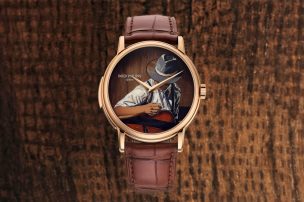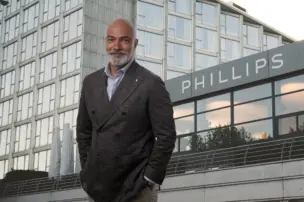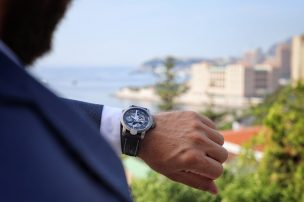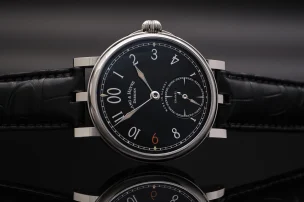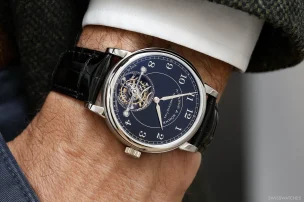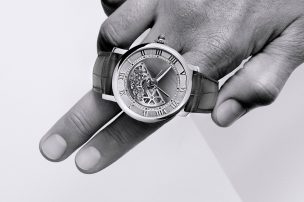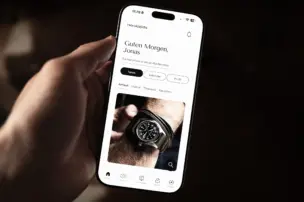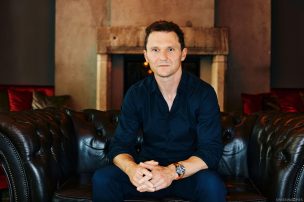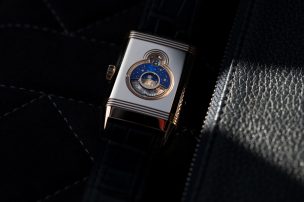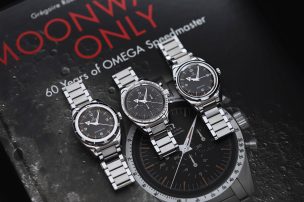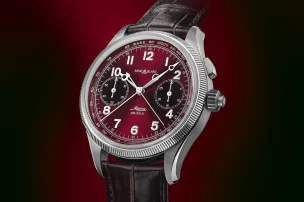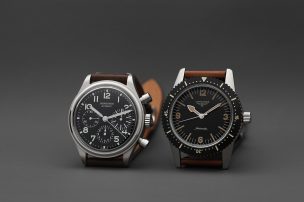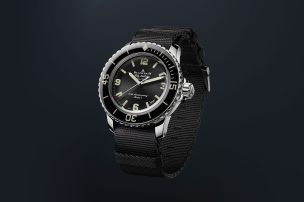
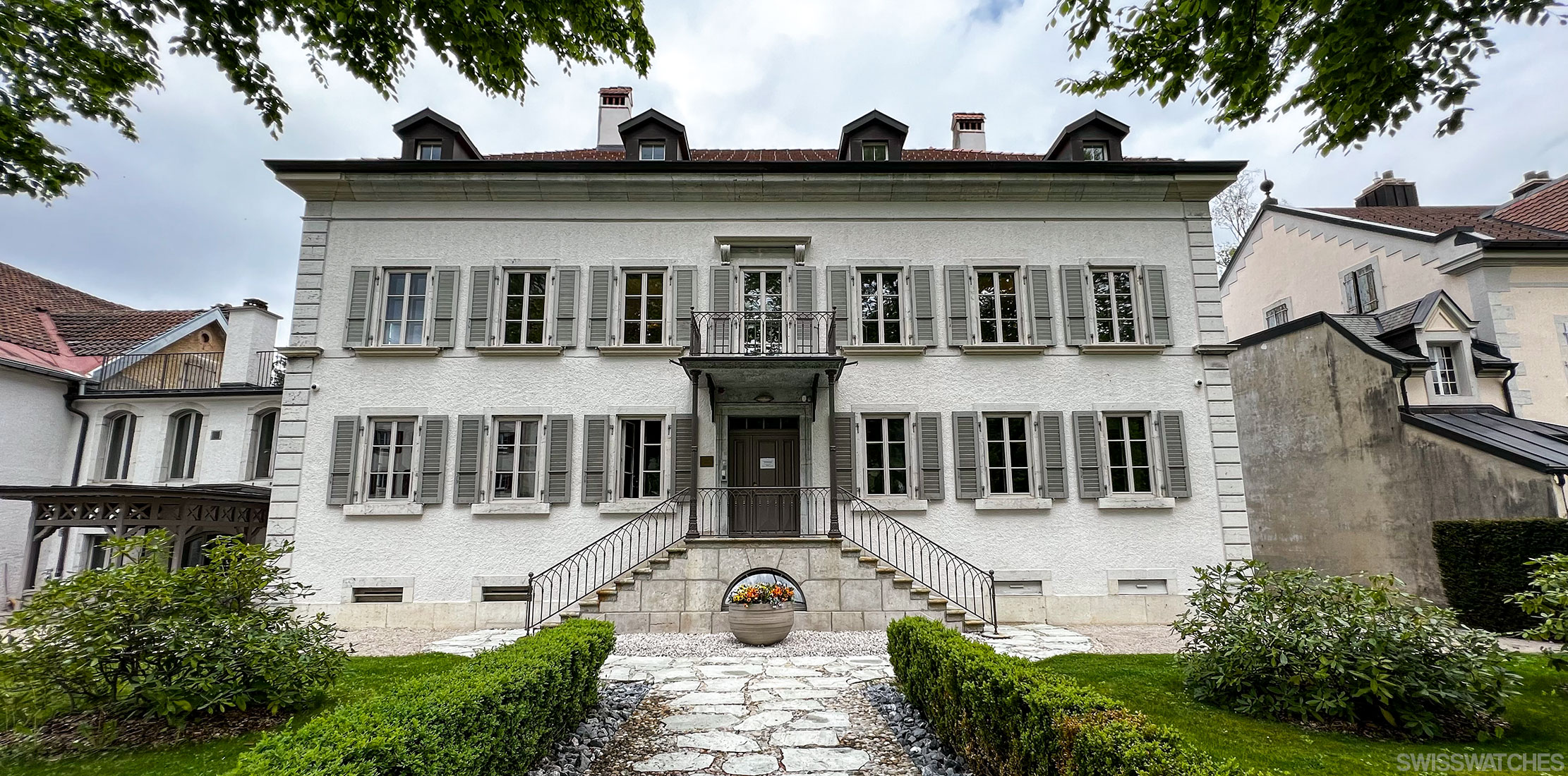
A Manufacture With Momentum: Paying a Visit to Parmigiani Fleurier
Can a watch manufacture become any more sovereign than this? The soon-to-be-instated King Charles III of England is the owner of a Parmigiani Fleurier. King Charles has long worn the watch, but now, as a prince becomes a king, his choice carries even more weight: the British crown puts his trust in Parmigiani Fleurier. Meanwhile, the Grand Prix d’Horlogerie de Genève (the Swiss watchmaking world’s highest order) recently knighted the new Tonda PF Automatic 36 mm with its own award.
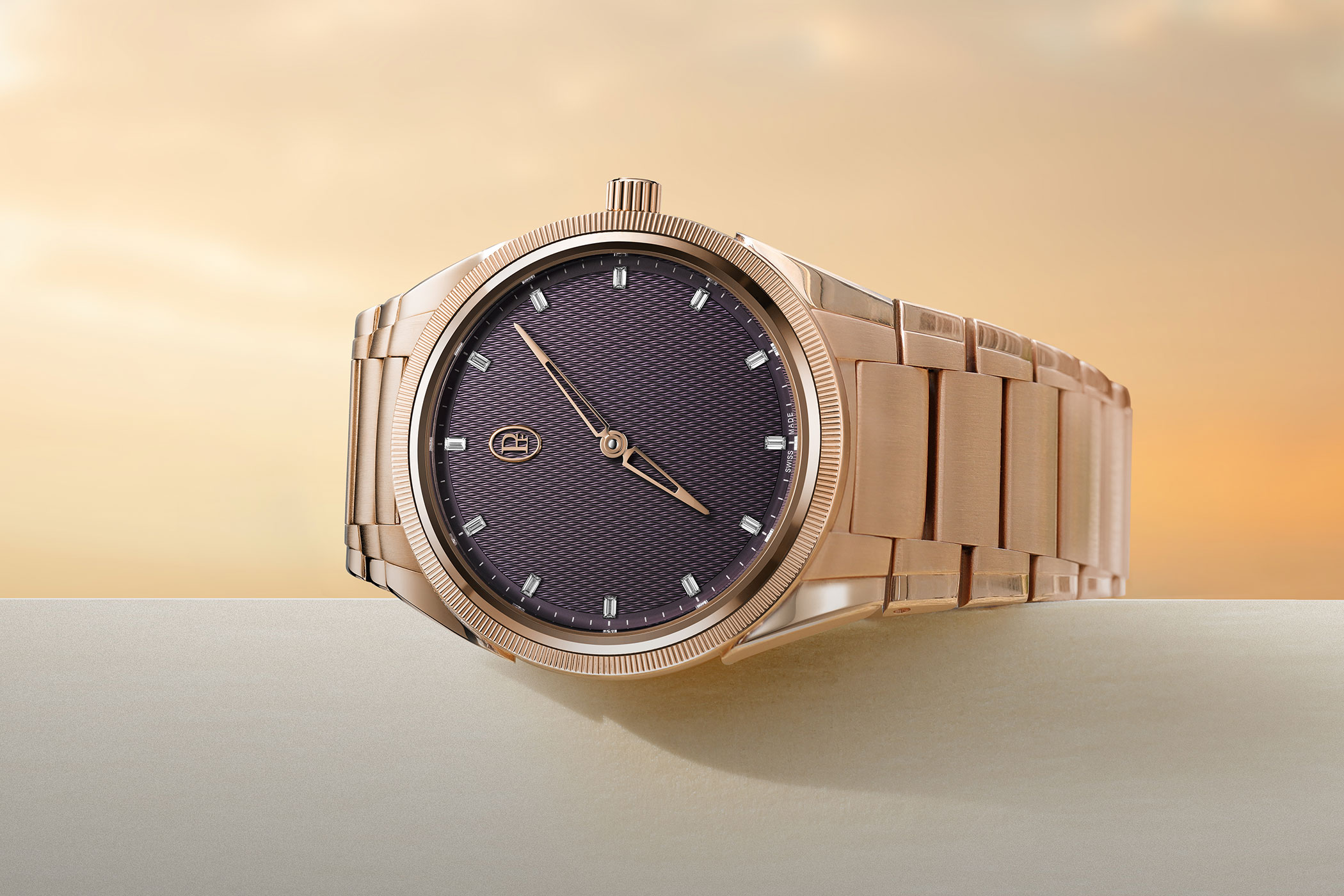
Arriving in Fleurier
As prestigious as the horology house has always been thanks to the reputation of its founder, Michel Parmigiani, it’s very clear that the manufacture is moving at a momentum never seen before. Parmigiani Fleurier is getting the attention it deserves – which is why those based in Fleurier, in the Swiss municipality of Val-de-Travers, tend to be working overtime at the moment. Early every morning, at the head office on Geneva’s riverside Rue du Temple, one will spot the black Range Rover of Guido Terreni, CEO of the manufacture and progenitor of the new, highly praised PF series.
As a result of this highly successful collection, Terreni now faces challenges this year never seen before in Fleurier: to expand and distribute production, knowing full well that the manufacture is far from able to meet demand. The orders following Watches & Wonders in spring were simply too many and the expansion of the PF collection throughout this year did not make the situation any easier. Now, therefore, Parmigiani Fleurier is faced with the task of satisfying demand as quickly and as smoothly as possible.
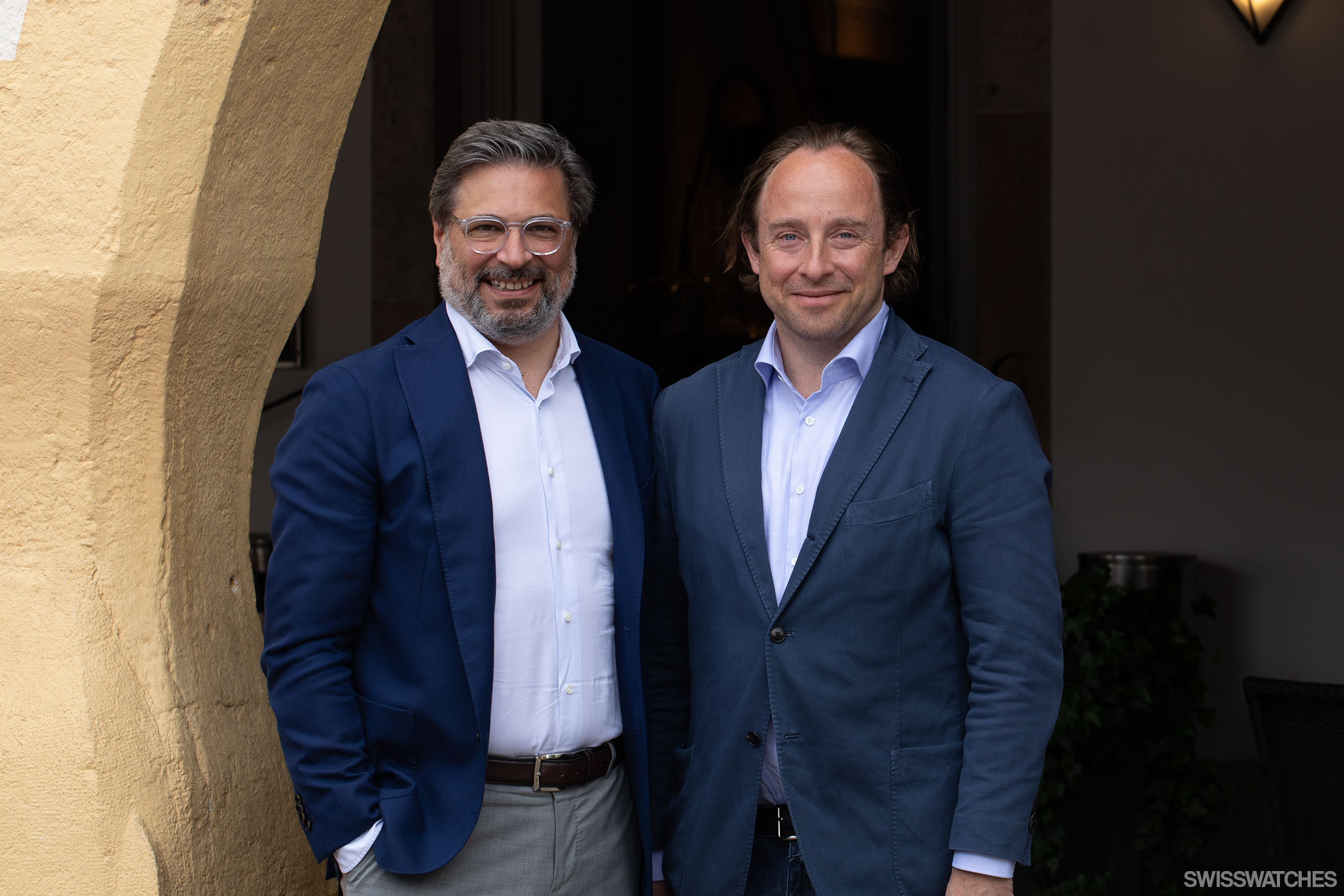
Guido Terreni (left) and Alexander Stilcken (right)
Restoration department
Across the street from the flagship store, we find the reason for Parmigiani Fleurier’s long-standing respect from many connoisseurs, since its founding in 1996: the department for the restoration of watches and automatons. Michel Parmigiani is considered an authority in this field, as are the experts who restore timepieces here.
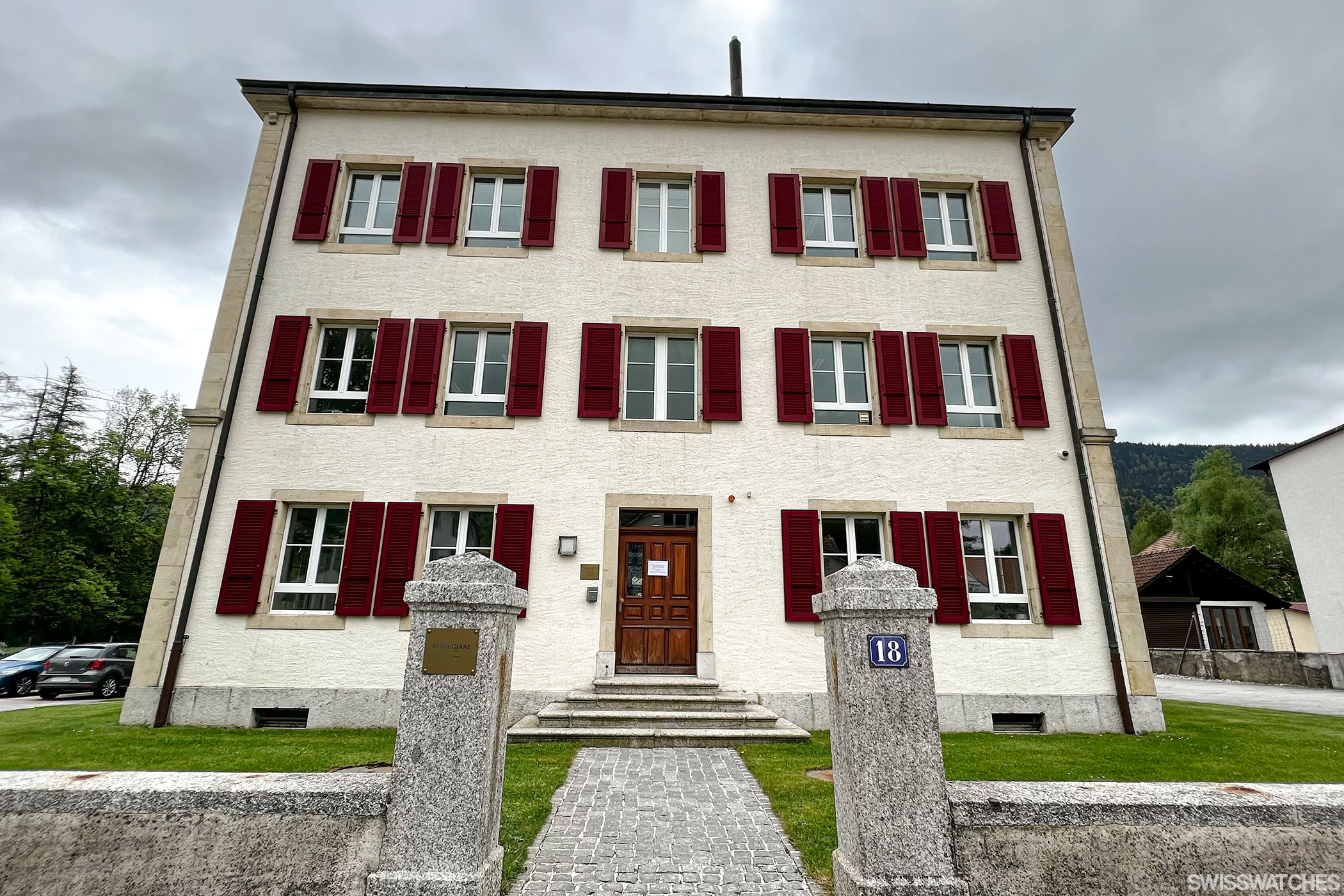
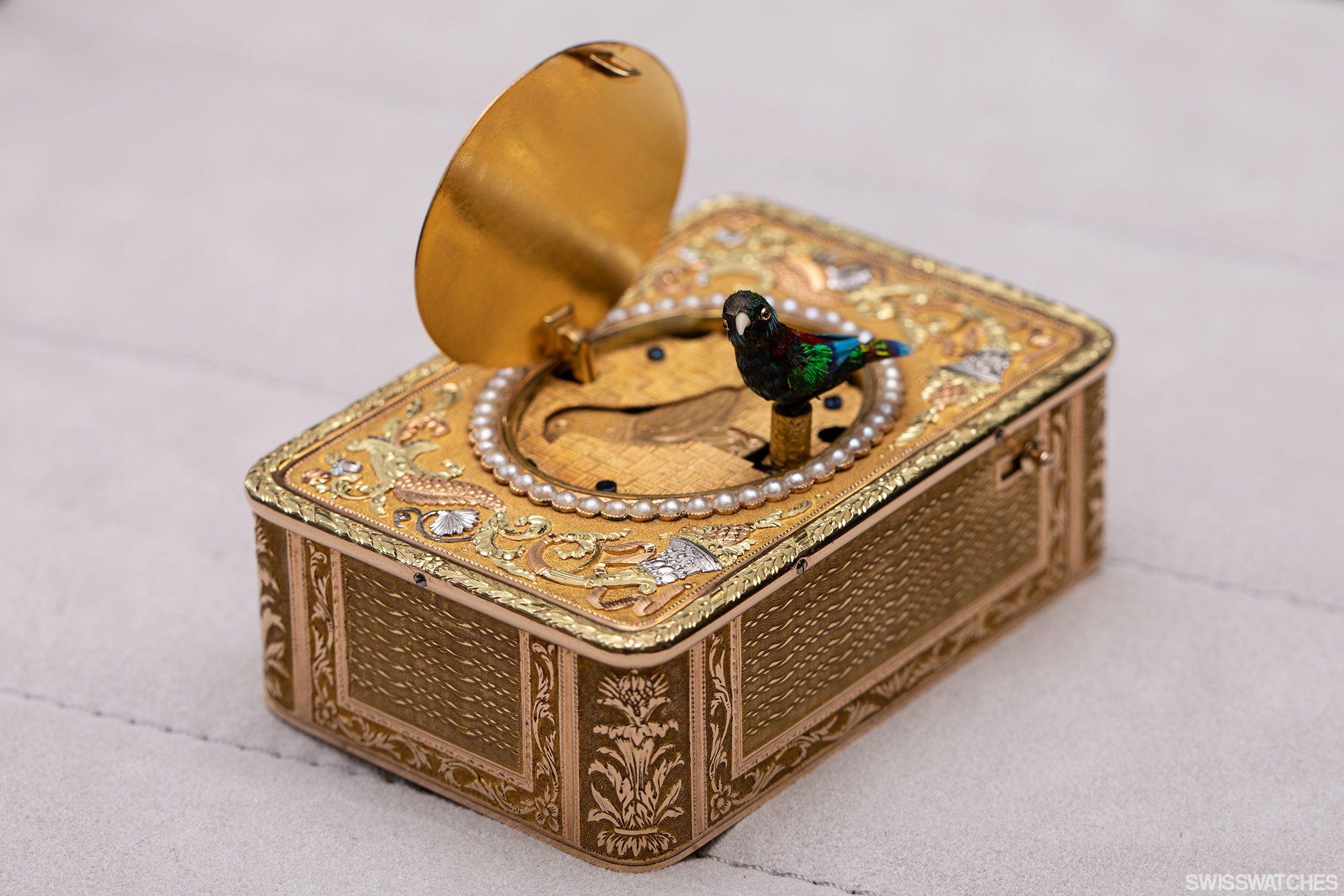
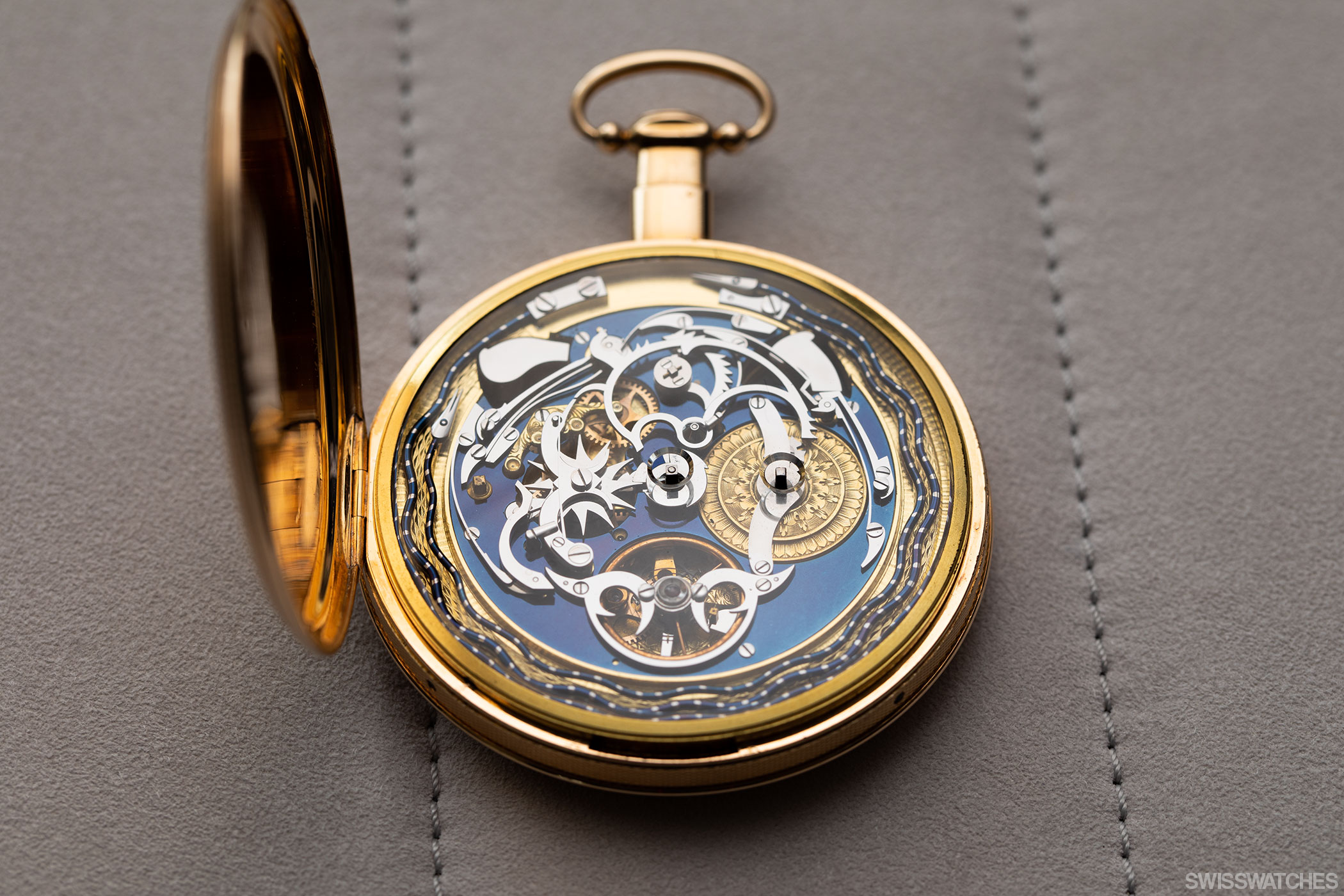
Some of the pieces here are centuries old, inspiring enthusiasm in museums and exhibitions alike; from a tobacco box concealing singing birds by Frères Rochat from the early nineteenth century to 200-year-old pocket watches. La Rose Carrée, a spectacular one-off to mark the 25th anniversary of the manufacture, was also conceived and created here.
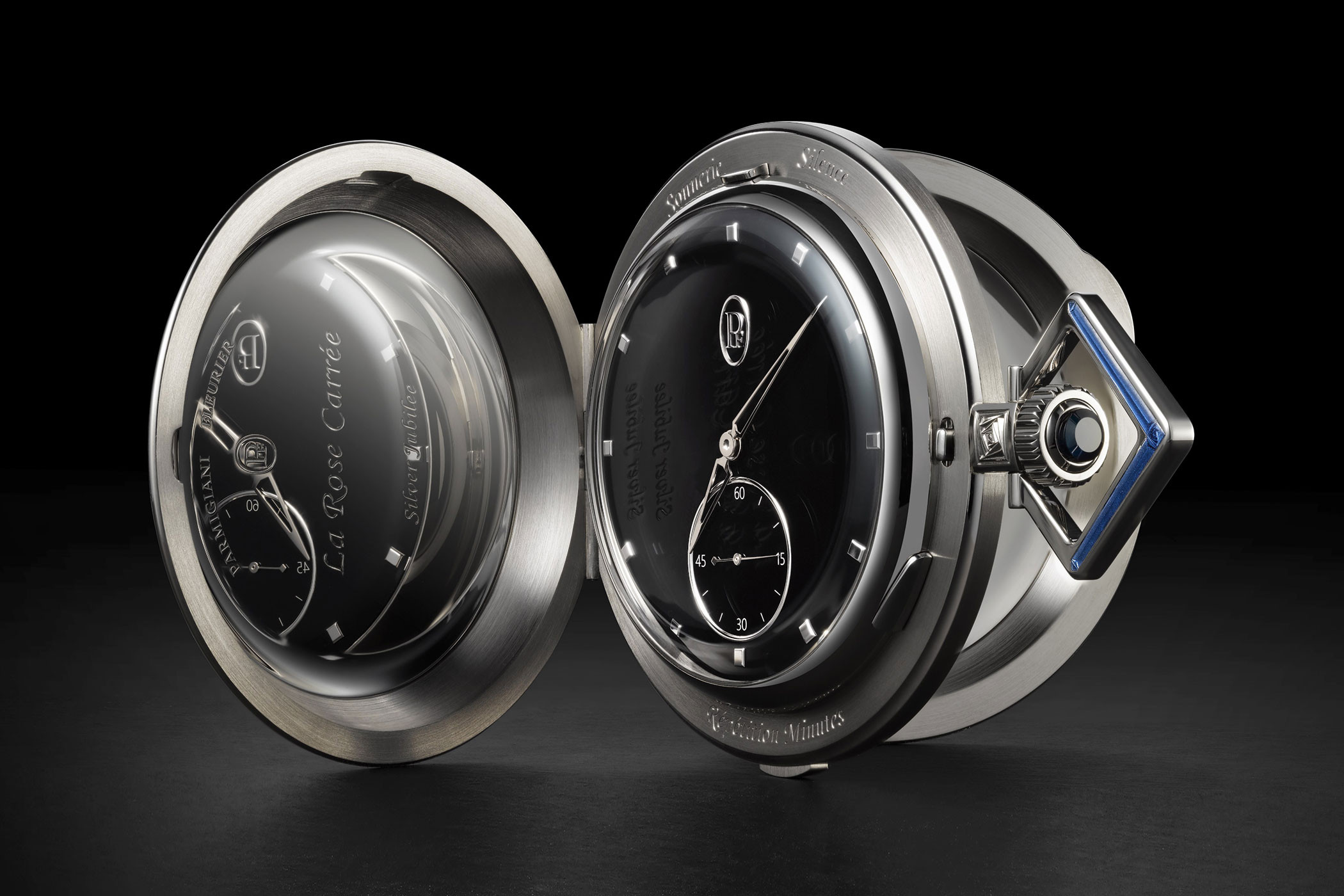
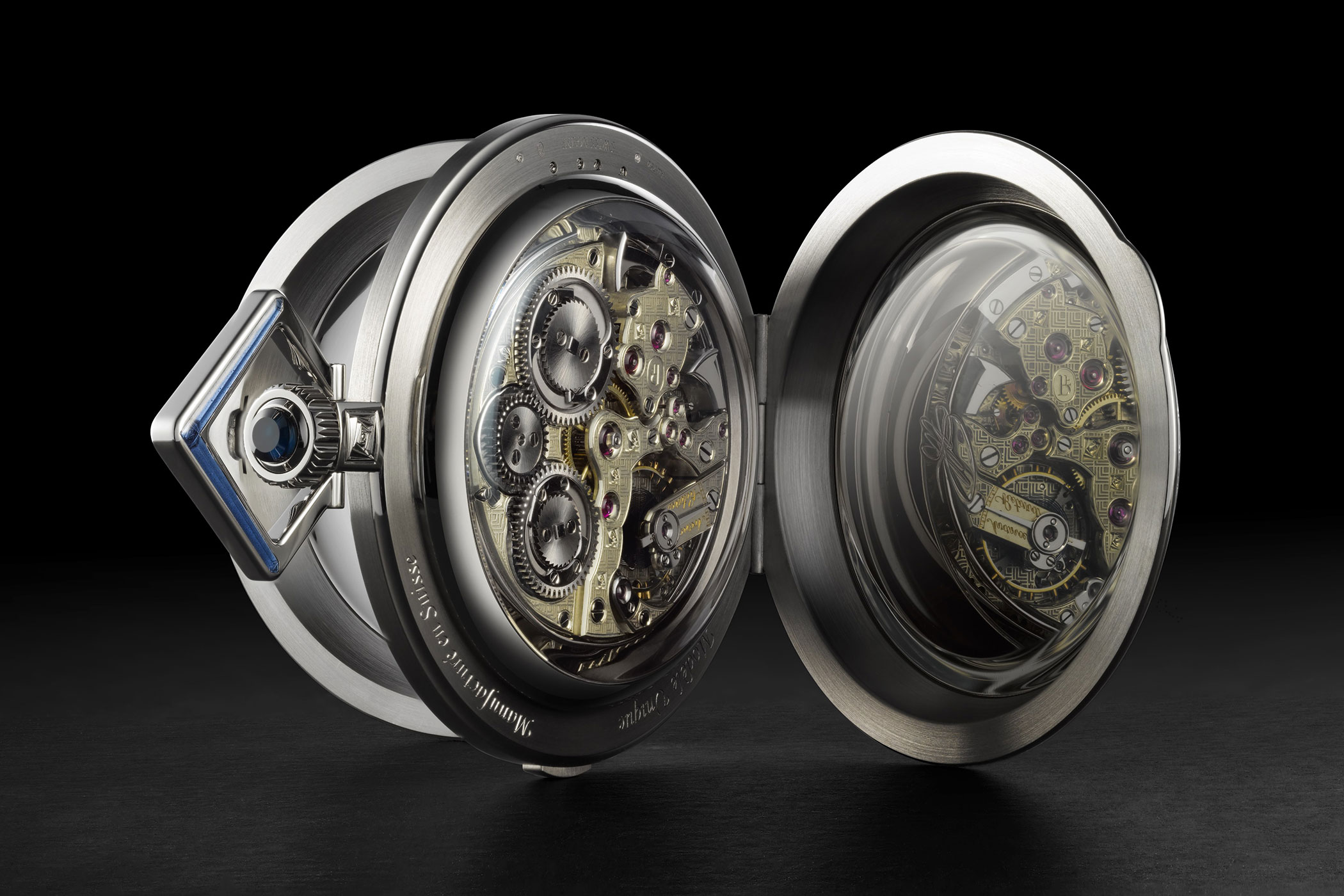
The in-house expertise in restoration is of the utmost importance. After all, the brand belongs to the Sandoz Family Foundation; a family in ownership of one of the most extraordinary collections of historical timepieces on the planet. There are also countless requests from outside the Sandoz empire; the brand maintains excellent relations with Patek Philippe, for example, despite it also having its own strong restoration department. Here at the restoration department, where craftsmen work at the very heart of traditional watchmaking, everyone helps each other. These alliances also help with day-to-day business; in the past, quartz movements from Patek Philippe were used in many delicate ladies’ models.
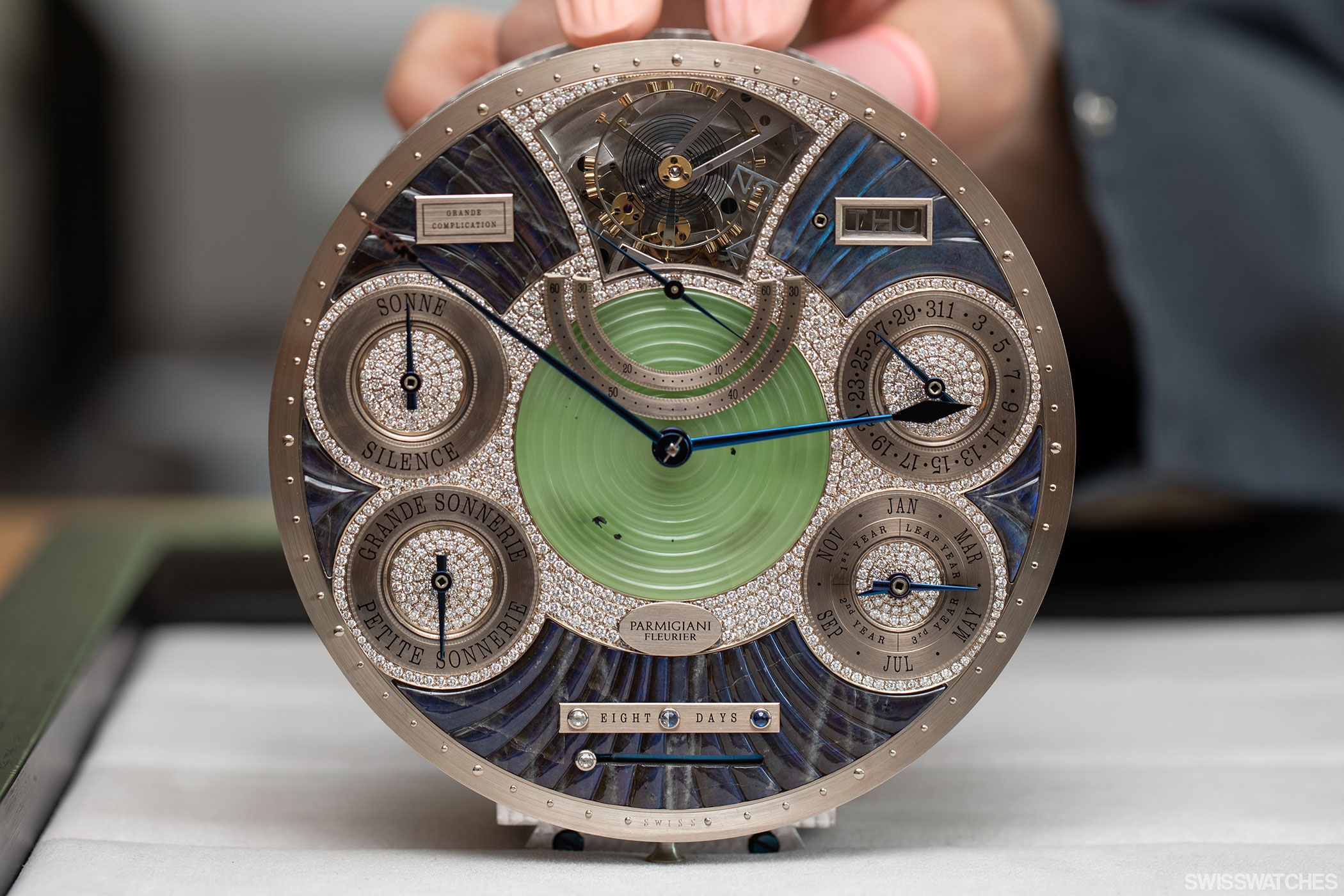
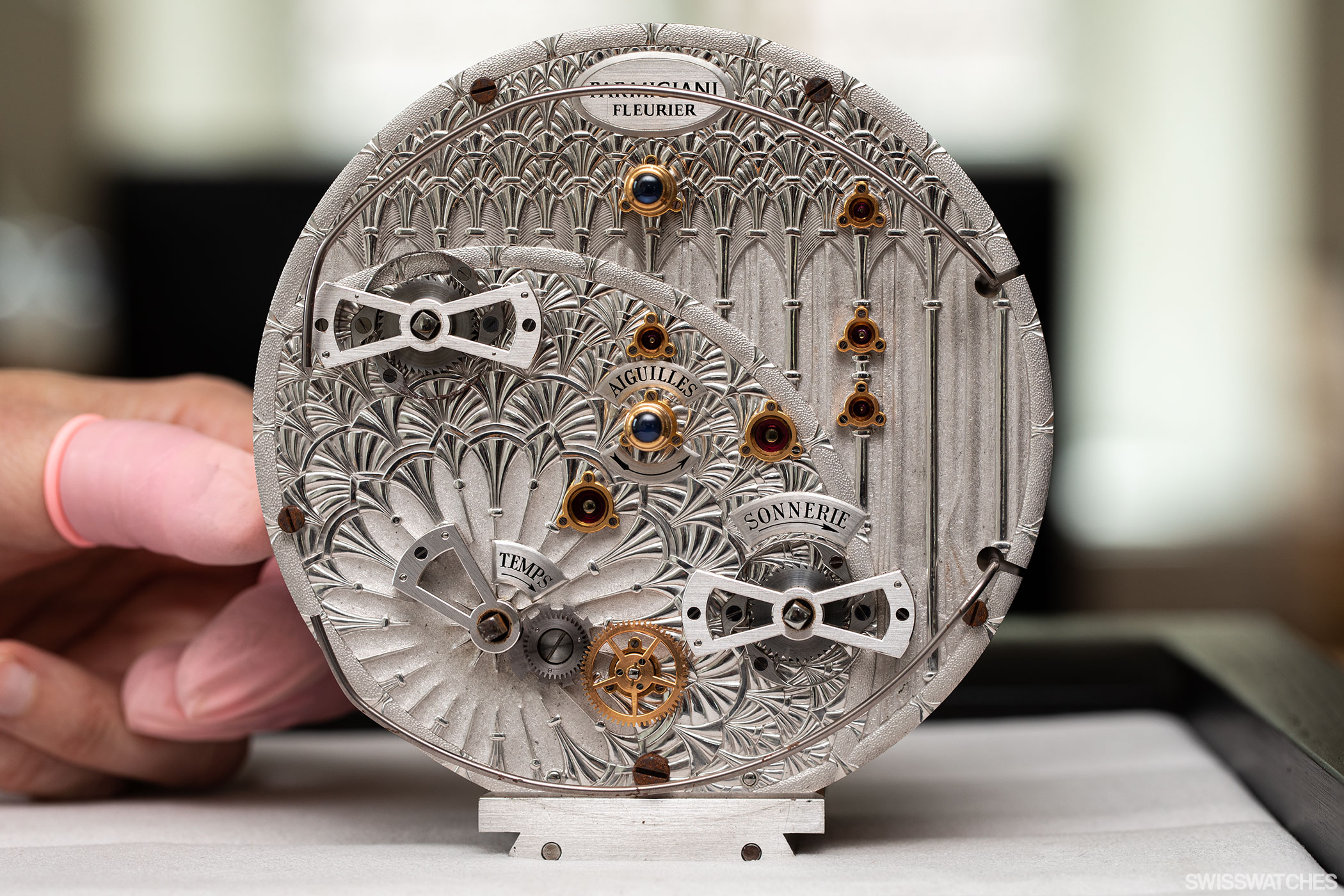
A manufacture like no other: a special structure
The extraordinary combination of a superb watchmaker as co-founder and an entrepreneurial family as sponsors is what made Parmigiani Fleurier possible in the first place. What’s more, it also very much improved the development of the brand; Michel Parmigiani is too much of a watchmaking genius to have the capacity for elaborate marketing plans and design decisions. He lives purely for the craft.
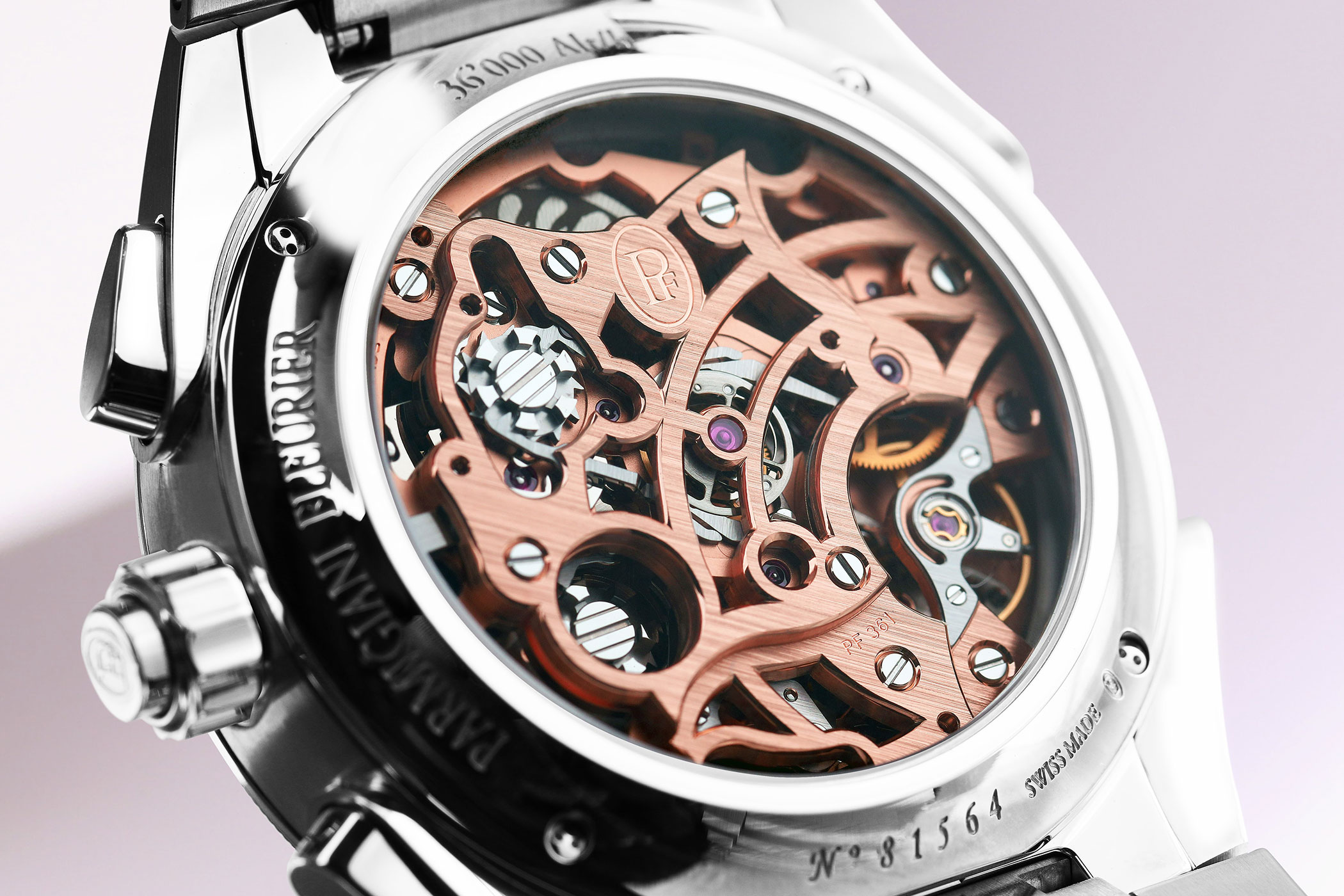
The Sandoz family, on the other hand, is certainly concerned with economic success, something that did not always take precedence for Parmigiani Fleurier in the past. The Sandoz Family Foundation rules over an impressive empire of suppliers, from Vaucher Manufacture Fleurier S.A for the movements, Elwin for the screws, and Atokalpa for wheels, escapement springs and so on. As long as these producers continue to work at capacity, it makes no difference for Sandoz whether, for example, Vaucher is constructing movements for Parmigiani Fleurier watches or for a typical status-symbol brand selling to rappers and racing drivers, who can demand six- to seven-figure prices for their models.

New CEO, new era
This explains why Parmigiani Fleurier has always enjoyed an impressive level of respect. However, it is only now, since Guido Terreni, that the brand has truly touched collectors’ hearts across the globe – and, more importantly, brought new customers on board. The CEO, who is the former head of Bulgari watches, is highly focused upon positioning his brand as the epitome of understatement and class.
I find myself in a presentation room of HQ’s main building, which combines the past and future in the best possible way. The building itself has a long history: timber meets centuries-old stone and the colour scheme sticks strictly to natural tones. With every feature of the space renovated to the highest standard, and every room filled with perfect lighting, the workplace exudes a hybrid of ‘feel-good office’ and ‘luxury chalet’ vibes. On the table in front of me sit the current models, including some that have not yet been presented to the public: a wall clock in the style of the PF is one interior design highlight. During our interview, Guido Terreni talks about his plans for the brand and his understanding of the Parmigiani clientele, both old and new.
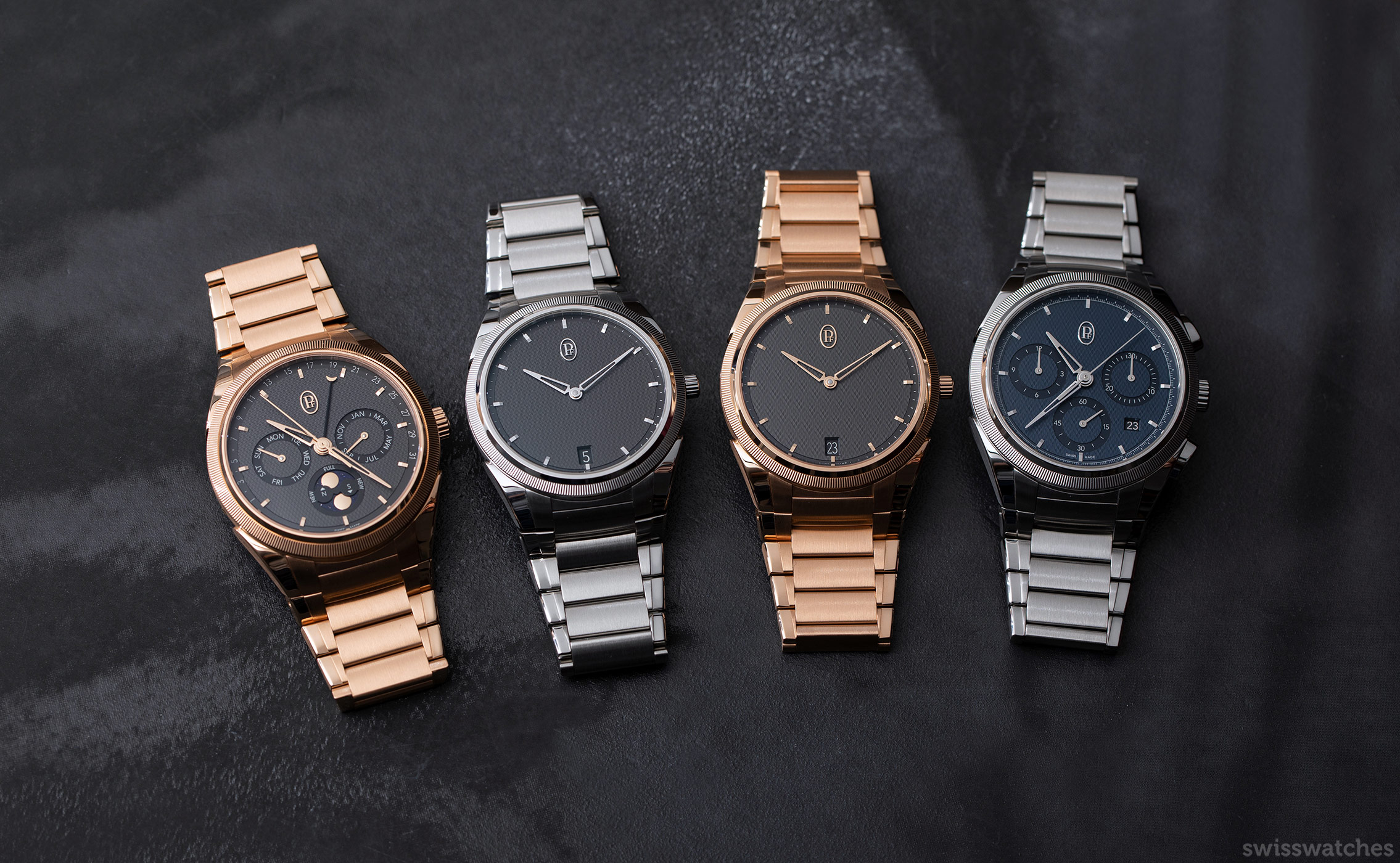
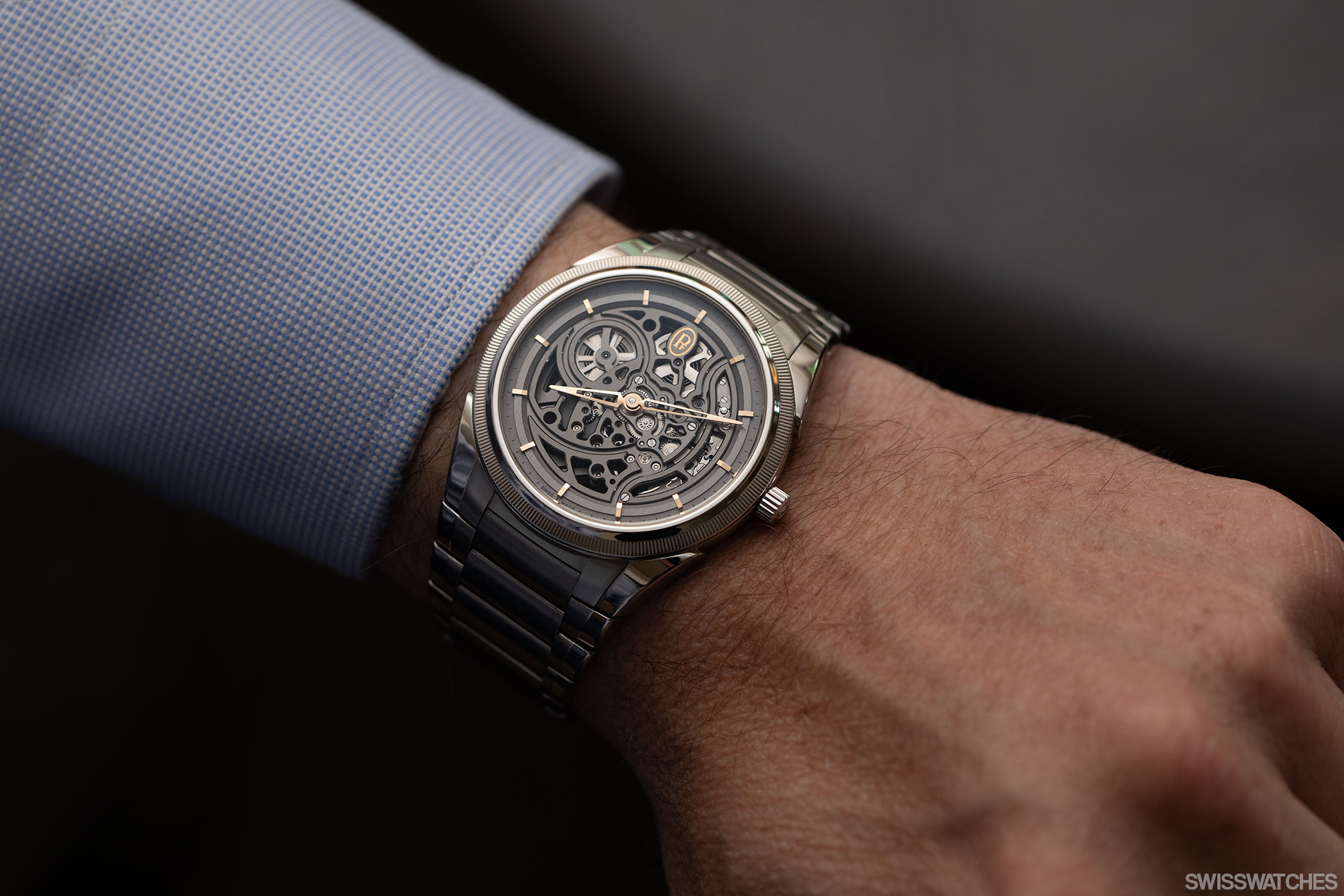
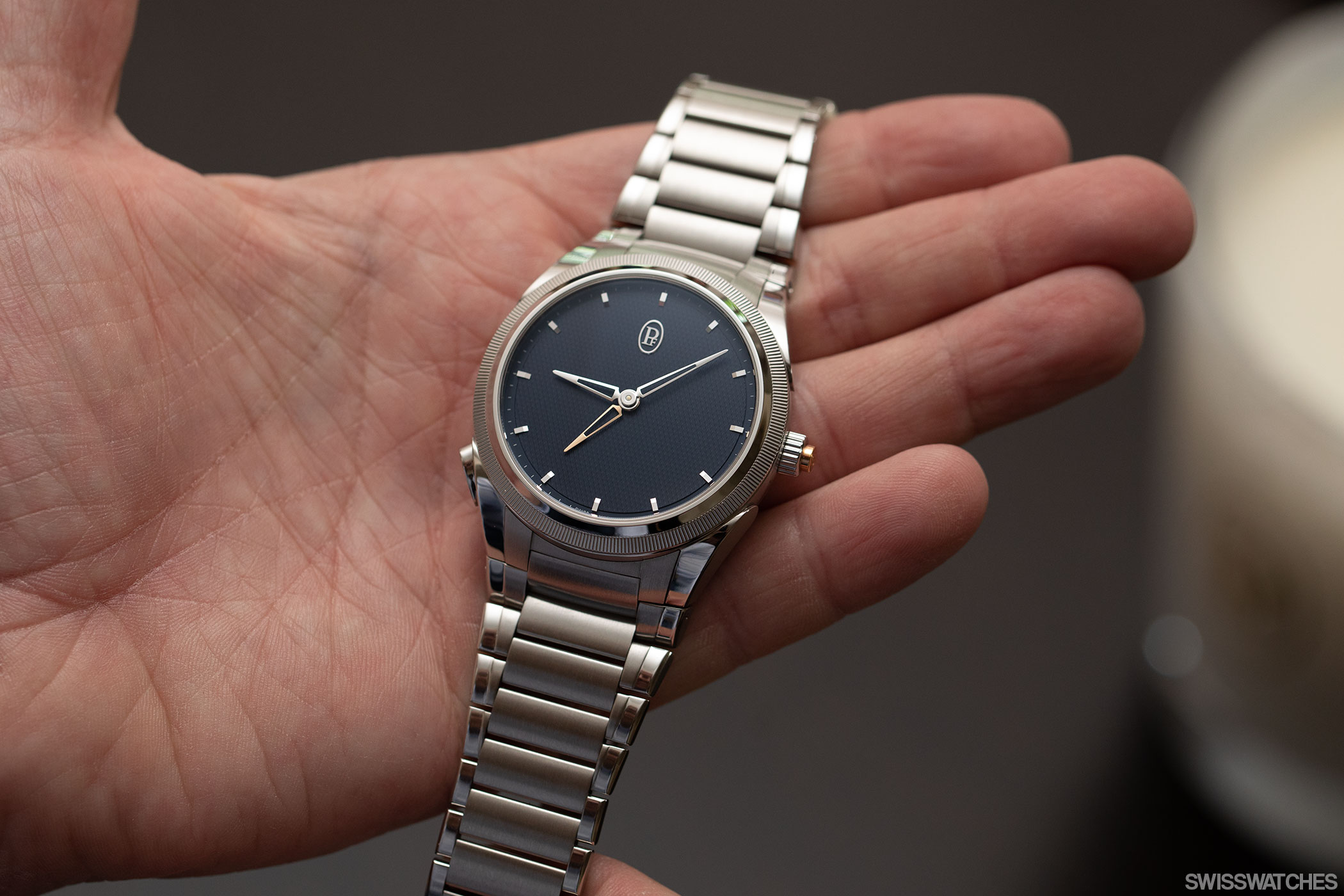
Terreni could talk for hours about the colour selection of the dials alone. Understatement is the leading theme of his strategy; instead of the whole name, only a discreet “PF” logo now adorns modern Parmigiani Fleurier timepieces. Minimalist elegance and finesse is held in the highest regard; in marketing, in client base, and, of course, in the final product. Parmigiani Fleurier, for all its restraint, naturally strives for recognition – but not from those who make parmesan cheese jokes when they hear the name, but from those who have a passion for niche brands and independents. They make a few thousand watches a year; models that are only good for flexing in watch nerd groups. This is a comparatively small target group, but one that is growing very steadily.
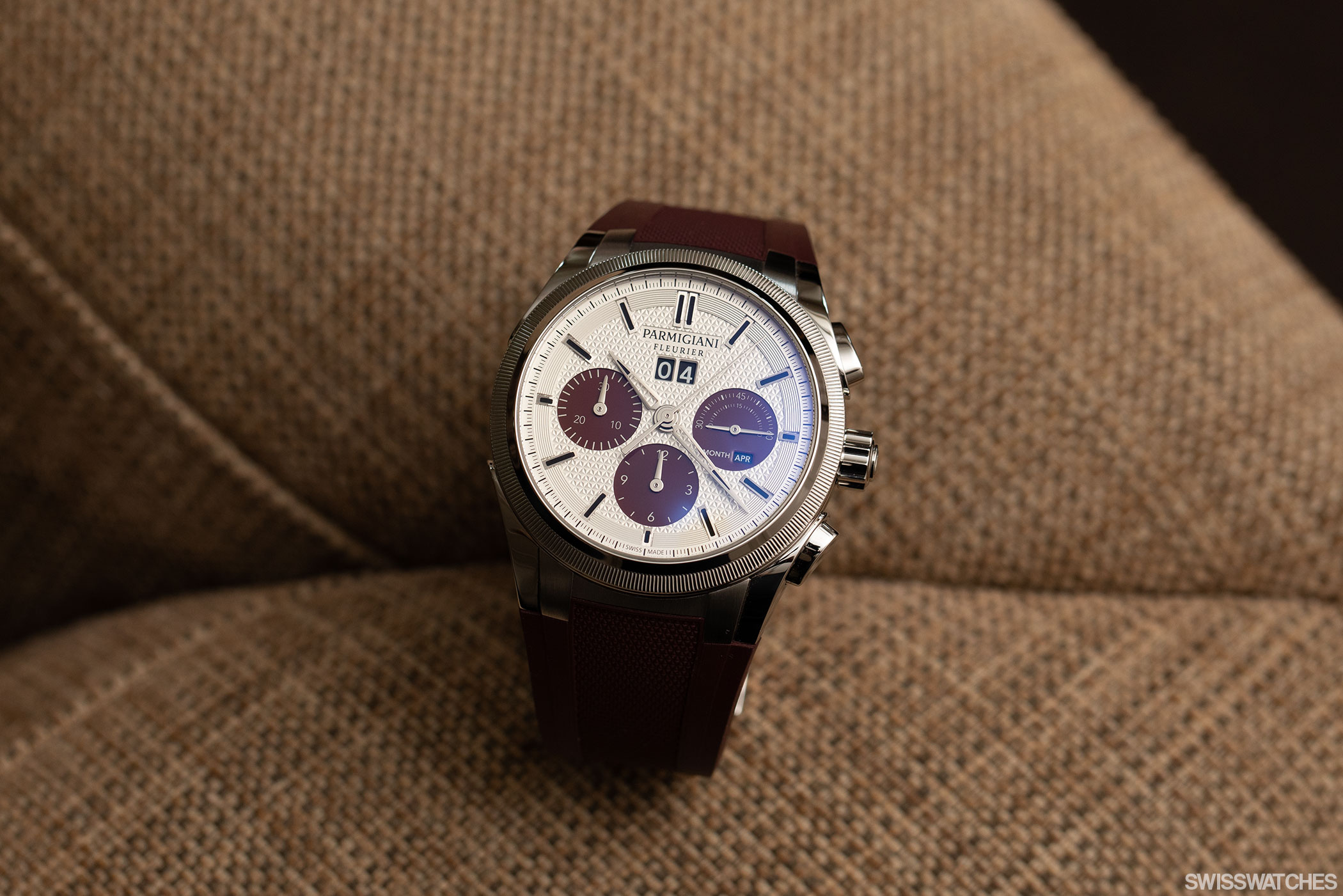
The calibres of Parmigiani Fleurier
The creative centre of Parmigiani is Fleurier, a place in the heart of watchmaking country, not far from Neuchatel. A place so quiet and green, so ideal to relax and to consider the meaning of traditional watchmaking. The brand’s mechanical centre is also based here; just a few minutes away by car, on the Chemin du Righi, is the Vaucher manufacture. This is where movements for the Sandoz empire are created, both for the company’s own manufacture as well as for external commissions. But one glance at the wrist of the watchmaker leading me through the workshops is enough to recognise who the manufacture feels most connected to: he wears a Parmigiani Fleurier.

Fleurier, Switzerland
Where one finds Vaucher, one inevitably finds Parmigiani – and the connection between the two is only increasing. While until recently the brand was only one of many manufactures that had their movements developed and built here – even if it is part of the foundation – the demand for Parmigiani’s calibres has grown exponentially. Accordingly, they are trying to increase production without alienating other long-standing customers. Production of movements is therefore also the eye of the needle that determines Parmigiani Fleurier’s expansion plans. With this in mind, Guido Terreni speaks of the patience that dealers and end customers must try to have with the brand at the moment. But, he promises, all orders will be fulfilled.
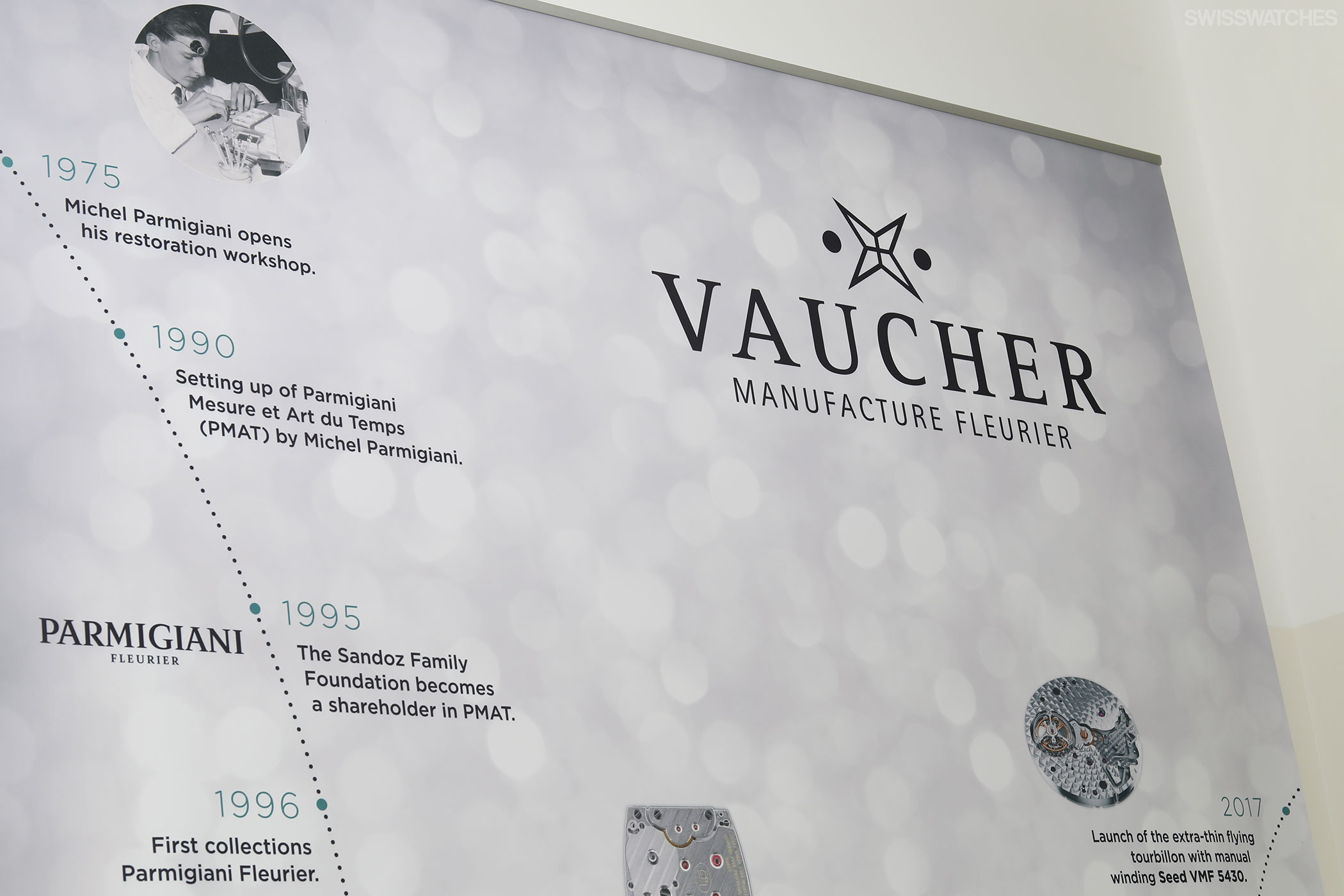
Fortunately, the commitment of Vaucher’s watchmakers is certainly not lacking. The cutting, stamping and CNC machines are operating at full speed; the handiwork is crafted with absolute accuracy; the breaks for employees are observed with Swiss precision, but never extended.
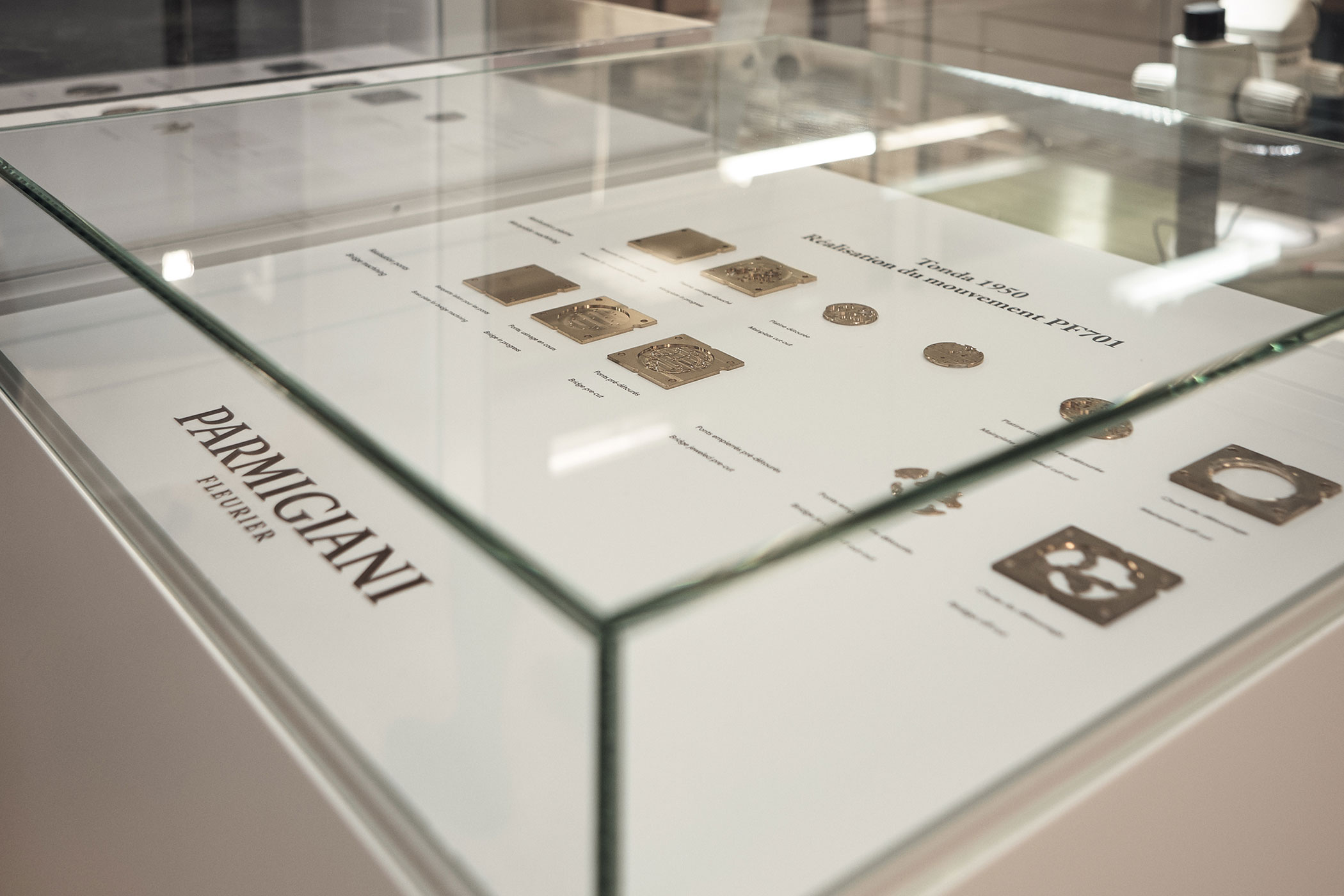
Making movements in the Vaucher Manufacture.
Everyone is aware that something special is being created here in Fleurier. Watches are being made for the whole world. The demand for the first Tonda PF, the Tonda PF Automatic, a simple two-hand watch, was already strong. Since GMT Rattrapante, Skeleton and ladies’ models were added, the brand’s watches have most definitely become a hype. Truly unique new model lines are rare, and it’s not only Guido Terreni who thinks so. It’s only every once in a blue moon that such a novelty is launched in the world of watches. The Tonda PF collection should seems to be one such exception.
Heading home from Fleurier
It is always touching to come to the places where things are conceived, before being distributed across the globe, from Dubai to New York. The retailer Wempe has recently become an important partner for Parmigiani Fleurier. According to reports, this is a stroke of luck for both: Wempe is able to give Parmigiani significantly more visibility, and its head office is naturally pleased that the Fleurier-based company is moving further and further up the in-house ranking in terms of sales.
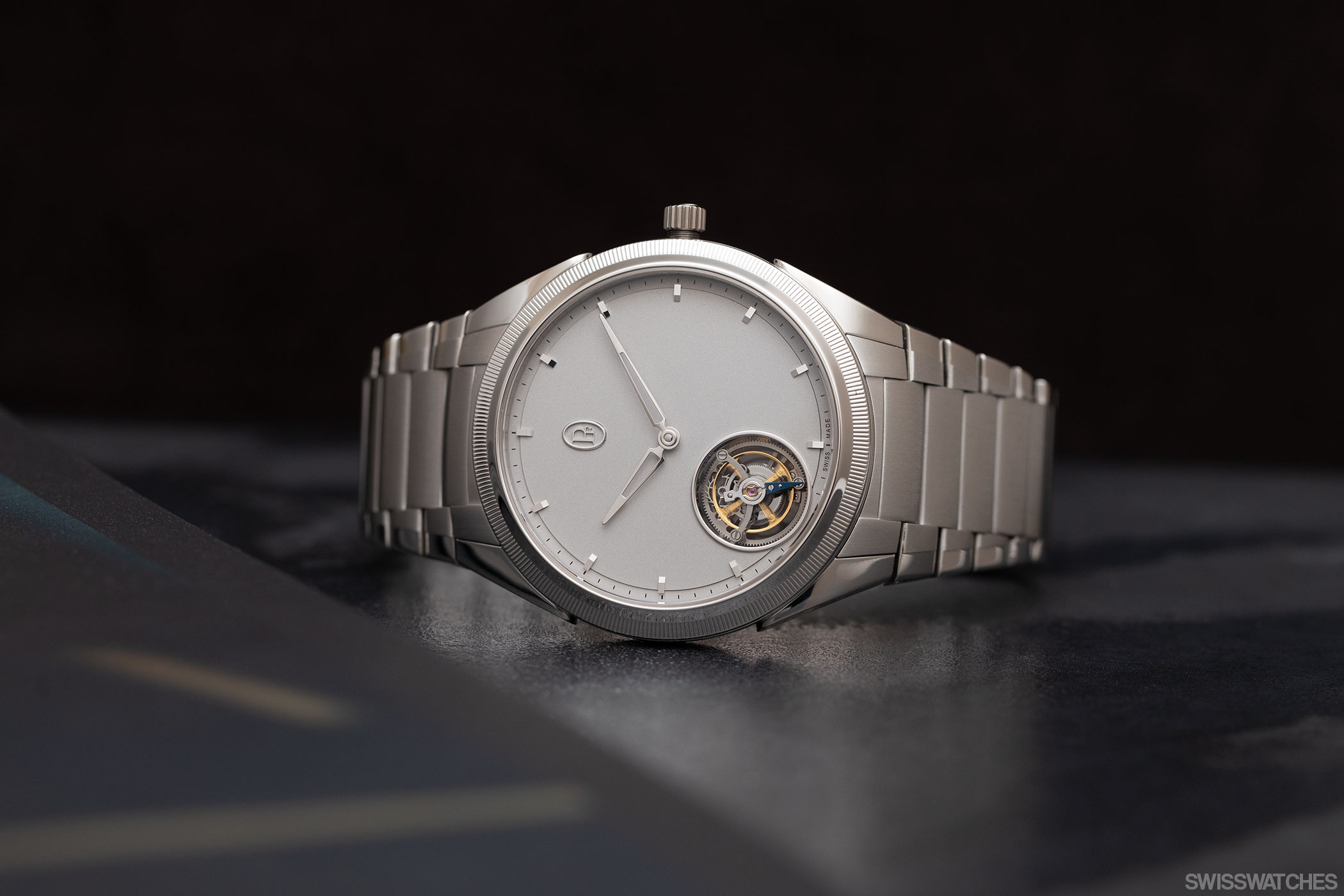
On the way to the station, I think back on the absolute self-confidence of the brand’s watchmakers. A recent visit to a concessionaire also came to mind: when asking about Parmigiani, the dealer reacted with sheer delight. Phrases such as ‘completely underestimated’, ‘essentially an insider’s tip’ and ‘in terms of watchmaking, simply about the best you can get’ were thrown around. Clearly, he was more enthusiastic about this brand than he is about the usual suspects, aka the big names in the business. What’s happening in Fleurier may be a major tour de force, but it’s also very much a harmonious evolution: Parmigiani Fleurier has long been a brand for connoisseurs and kings alike. Thanks to a fresh focus on aesthetics and a clearer sense of direction, its stature is at last extending to the general populace.
